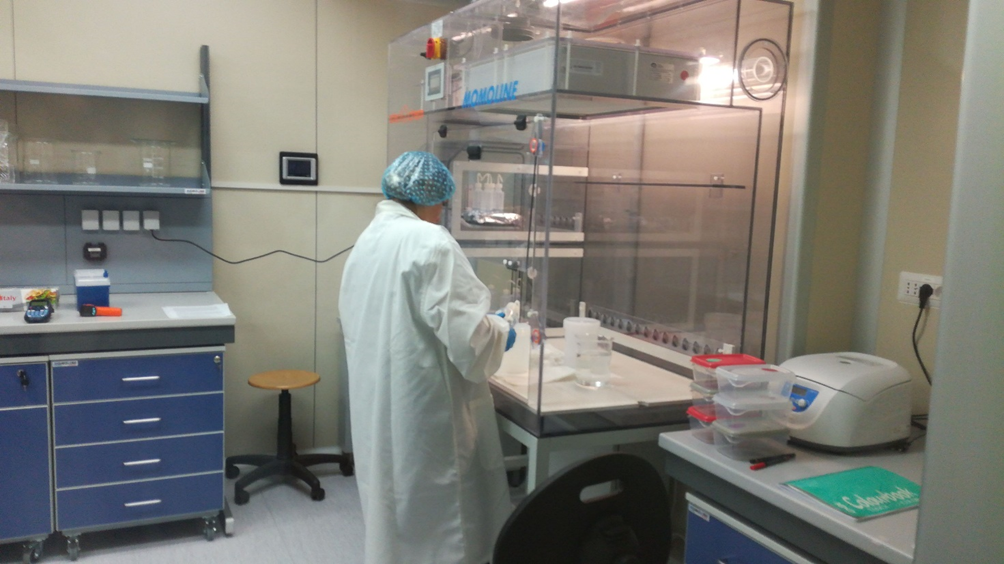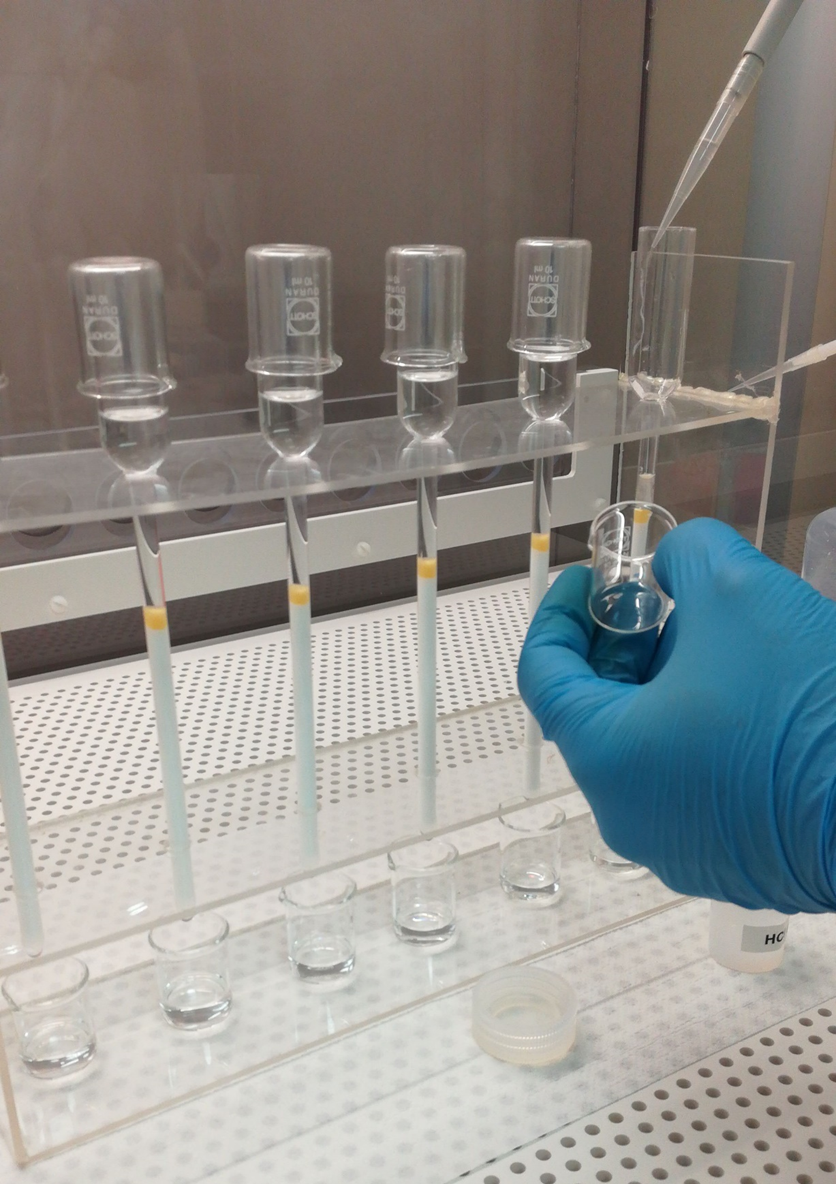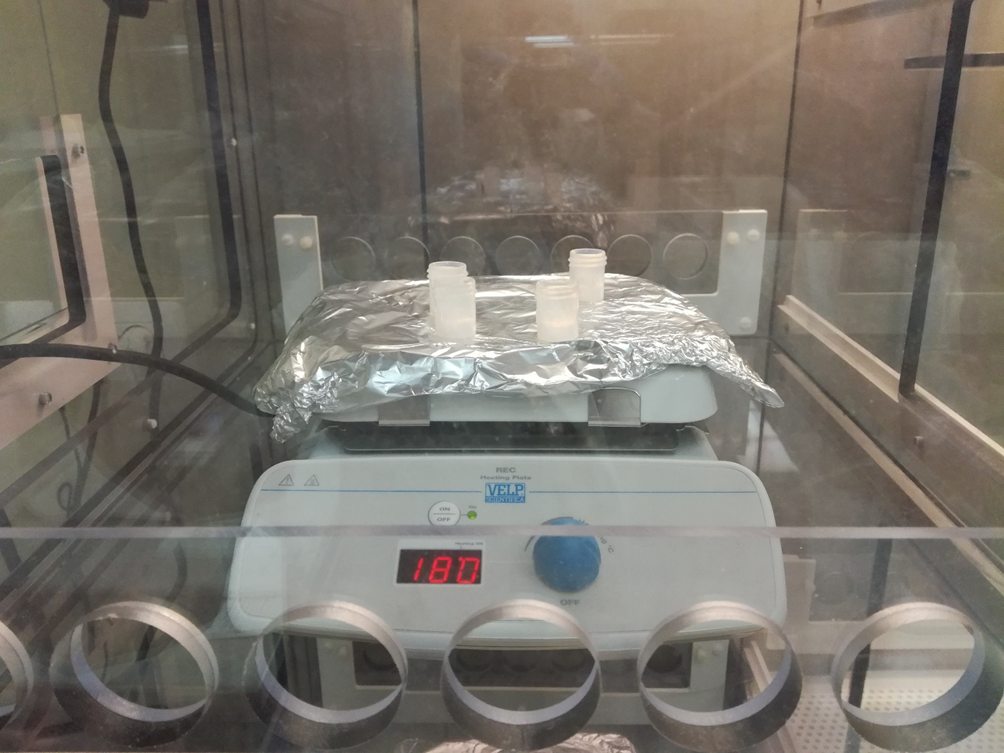DESCRIPTION OF ACTIVITIES
The Clean Room is a laboratory where samples of rock, soil, etc. are prepared to isolate a chemical element to be analyzed for its isotopic composition.
Isotopic analysis is an investigation tool with many applications, e.g. in Geosciences (Geochemistry, Petrology, Volcanology, Sedimentary Geology, etc.) as well as in sectors close to them (Environmental Geochemistry, Paleoclimatology, Archaeometry, Forensic Sciences, etc.). The isotopic composition of some chemical elements (Sr, Nd, Pb, O, H, Li, B, etc.) allows us:
- determining the absolute age of a rock;
- understanding if a magmatic rock formed in the Earth mantle or crust;
- reconstructing the length and intensity of past climatic events (glaciations and interglacials);
- establishing the nature of pollutant agents in the environment (air, soil, water);
- hypothesizing the type of diet of fossil animals, including Man;
- establishing the provenance of raw materials used for archeological pottery.
DESCRIPTION OF LABORATORY
The Clean Room is a special laboratory (Fig. 1), equipped with a system (Air Treatment Unit) that ensures a low particulate atmosphere, by means of the so-called absolute filters (HEPA filters). Other special precautions, such as Teflon vials and bottles, Suprapur and/or Ultrapur grade reagents and distilled water, and laminar flow hoods also equipped with HEPA filters allow minimizing the contamination of samples, in which the content of elements to be analyzed are at trace or ultra-trace levels.
The element to be analyzed for its isotopic composition must be isolated from the sample matrix. In order to achieve that, liquid-phase chromatographic separation techniques on columns are used (Fig. 2). The acid solution containing the chemical element is then left drying on a hot plate placed within a laminar flow hood (Fig. 3). Once separated, the compound (salt) containing the chemical element is placed in the mass spectrometer for determination of its isotopic composition.

Fig. 1 – The ISO 6-ISO 5 class Clean Room of DiSTAR. In the center, a laminar flow hood equipped with HEPA filters (higher part) is visible.

Fig. 2 – One important phase of sample preparation: the separation of an element in acid solution through column chromatography techniques. Suprapur grade hydrochloric acid is being pipetted in a column.

Fig. 3 – Drying on hot plate of acid solutions containing the element to be analyzed, in Teflon vials. The hot plate is placed within a laminar flow hood.

